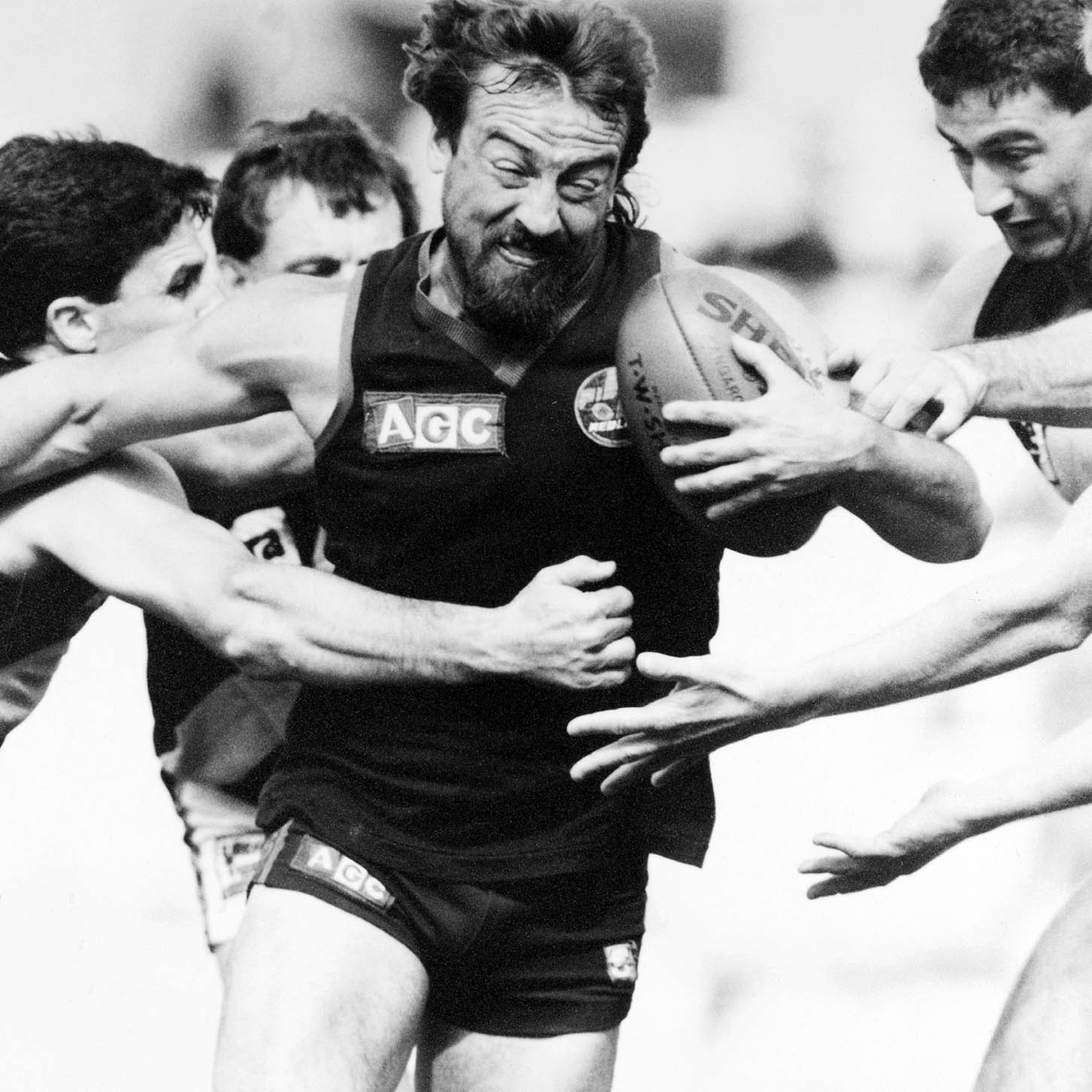
SANFL’s Best in the Wet
Find out where Norwood champion Garry McIntosh ranks in SANFL's Best in the Wet
By STEVE BARRETT
As we delve into the frosty depths of Adelaide’s winter, it is normal to expect scores to drop and the skill level to become more ragged.
But football played in cold, rainy conditions doesn’t have to descend into an ugly scrap.
Several SANFL players over the years have – like Ayrton Senna, Shane van Gisbergen, Jason Akermanis and Jimmy Bartel – thrived when the weather has turned ugly.
Here are the top seven……
7 - Brett Zorzi (Norwood)
Sports field drainage technologies have improved ten-fold in recent times, meaning these days we seldom see the old mud heaps that were prevalent last century.
That’s not to say the art of wet-weather footy is dead.
Zorzi, the undersized full-back turned midfield hard nut, pips Tiger Ty Allen as the modern era’s premier wet-weather exponent.
The 2013 Jack Oatey Medallist was a clutch player in key moments and, when conditions were heavy, raised his clearance-winning abilities to another level while continuing to nail targets by foot that others no longer could.
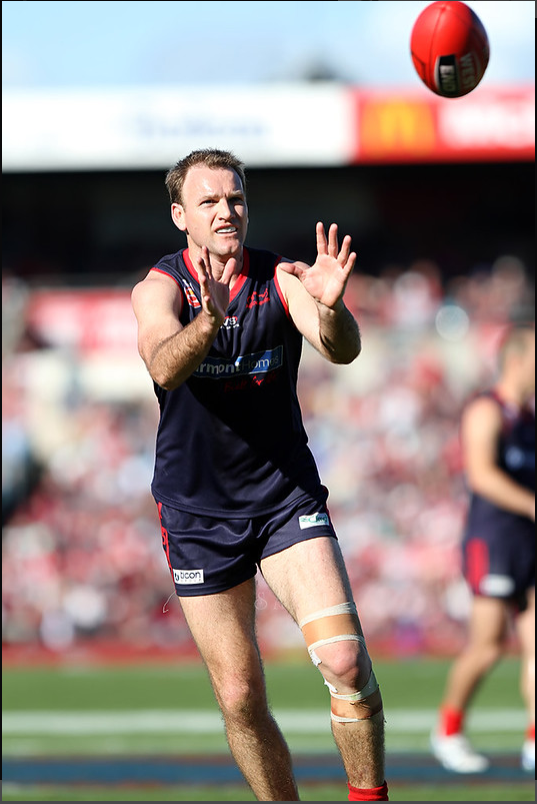
6 - Darren Jarman (North)
While most wet-weather specialists are typically low-to-the-ground, bottom-of-the-pack burrowers, Jarman was a different breed who thrived when the heavens opened.
Winter deluges and muddy quagmires never seemed to stymie Jarman’s poise, finesse, balance and ability to kick freakish goals with either foot.
The Advertiser‘s Gordon Schwartz called him the “master in the mist” after a mesmerising display in murky conditions against South Adelaide at a boggy Adelaide Oval in 1990.
While everybody else was slipping, sliding, fumbling and bumbling, Jarman nonchalantly treated himself to nine majors, a dress rehearsal to the brilliance AFL audiences would soon witness.
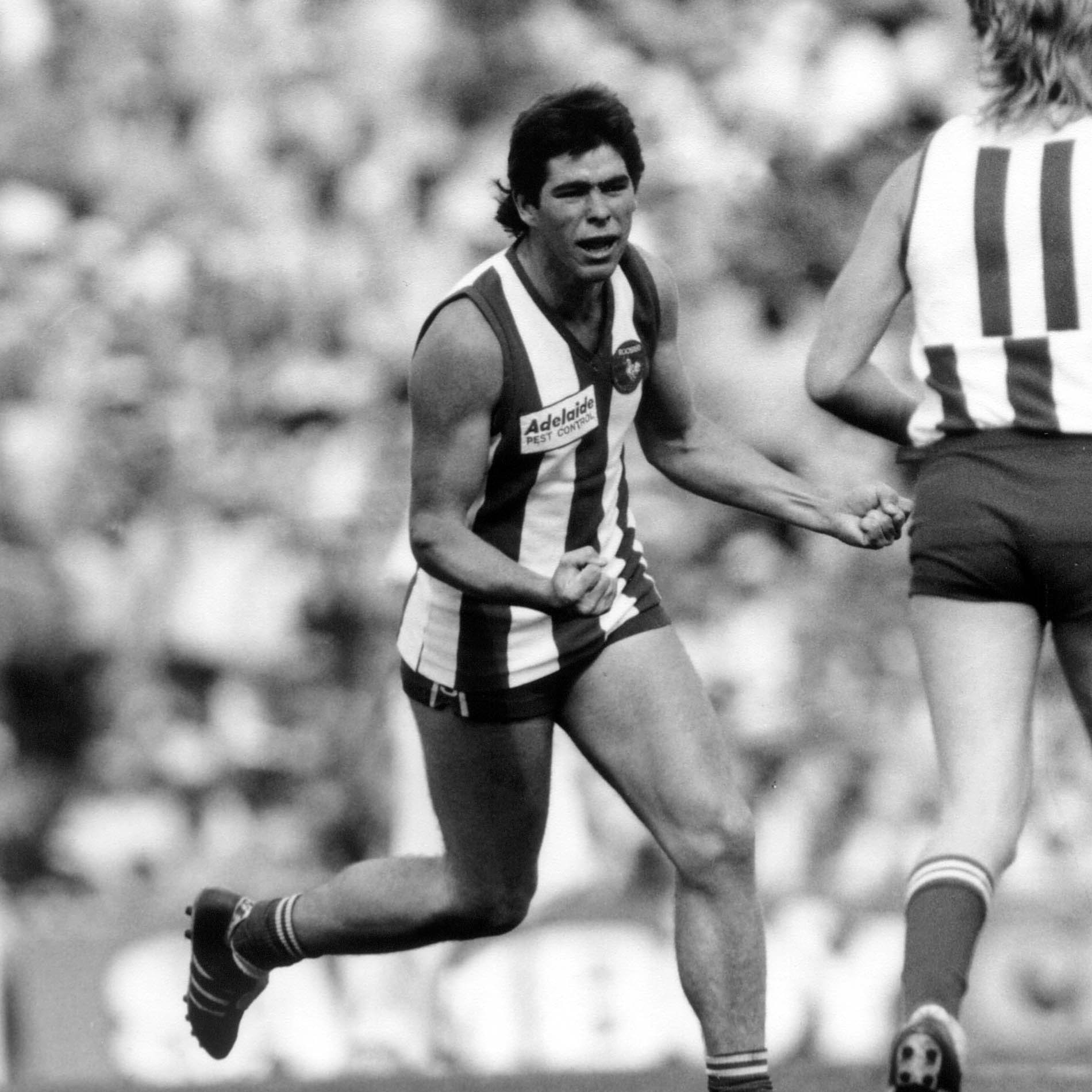
5 - John Platten (Central)
A low centre of gravity combined with a take-no-prisoners mindset and an ability to hurl himself under packs and expertly extricate the footy out of them – not to mention his fine finishing – made Platten SA’s greatest-ever rover and an absolute jet in the wet.
When it bucketed down, the long-haired, diminutive Platten resembled a drowned rat (hence the nickname) … but possessed a heart the size of Phar Lap and it was normal for him to have 30-plus disposals and a few goals by the time he was done.
Platten’s 1984 Magarey Medal triumph was full of fine performances when the weather was anything but … including the Bulldogs’ third-ever win at Alberton which was, according to Alan Shiell in The Advertiser, “inspired, as usual, by the courage and creativity of Superpup”.
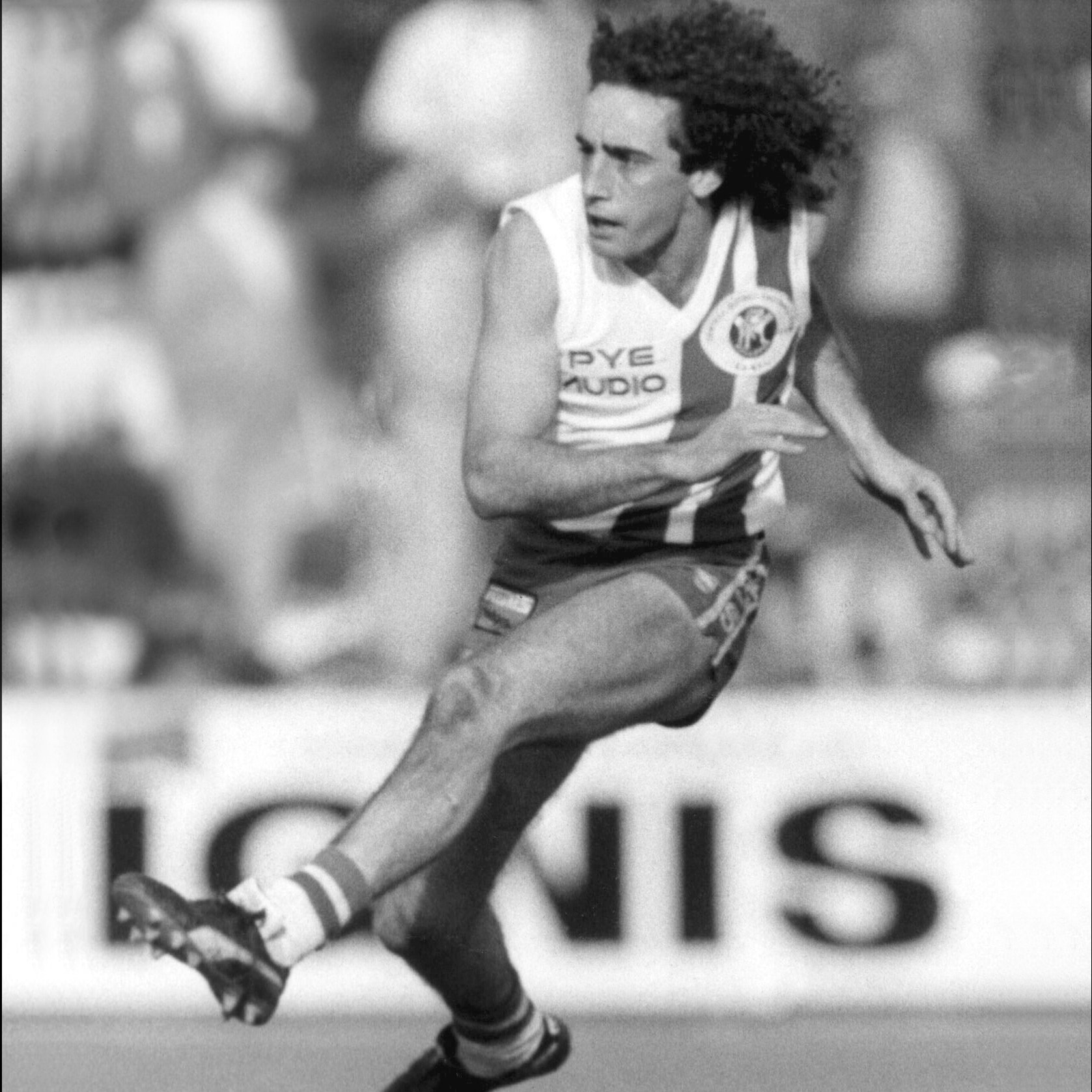
4 - Chris McDermott (Glenelg)
Never the most naturally gifted or jet-heeled footballer, McDermott became one of the SANFL’s greats through his untiring consistency and determined, throw-himself-at-the-footy style – an approach which ensured he excelled in slippery, wintry conditions.
McDermott came of age in the 1981 preliminary final when, still a month shy of his 18th birthday, he slotted four goals as the Tigers triumphed over the Redlegs – who booted four goals as a team – at a gusty, shower-sodden Football Park.
Then, almost a decade later in 1990 at Glenelg Oval, McDermott, by now the Bays captain and one of the competition’s elite players, racked up 50 possessions to single-handedly prove the difference against Central as the rain absolutely pelted down.
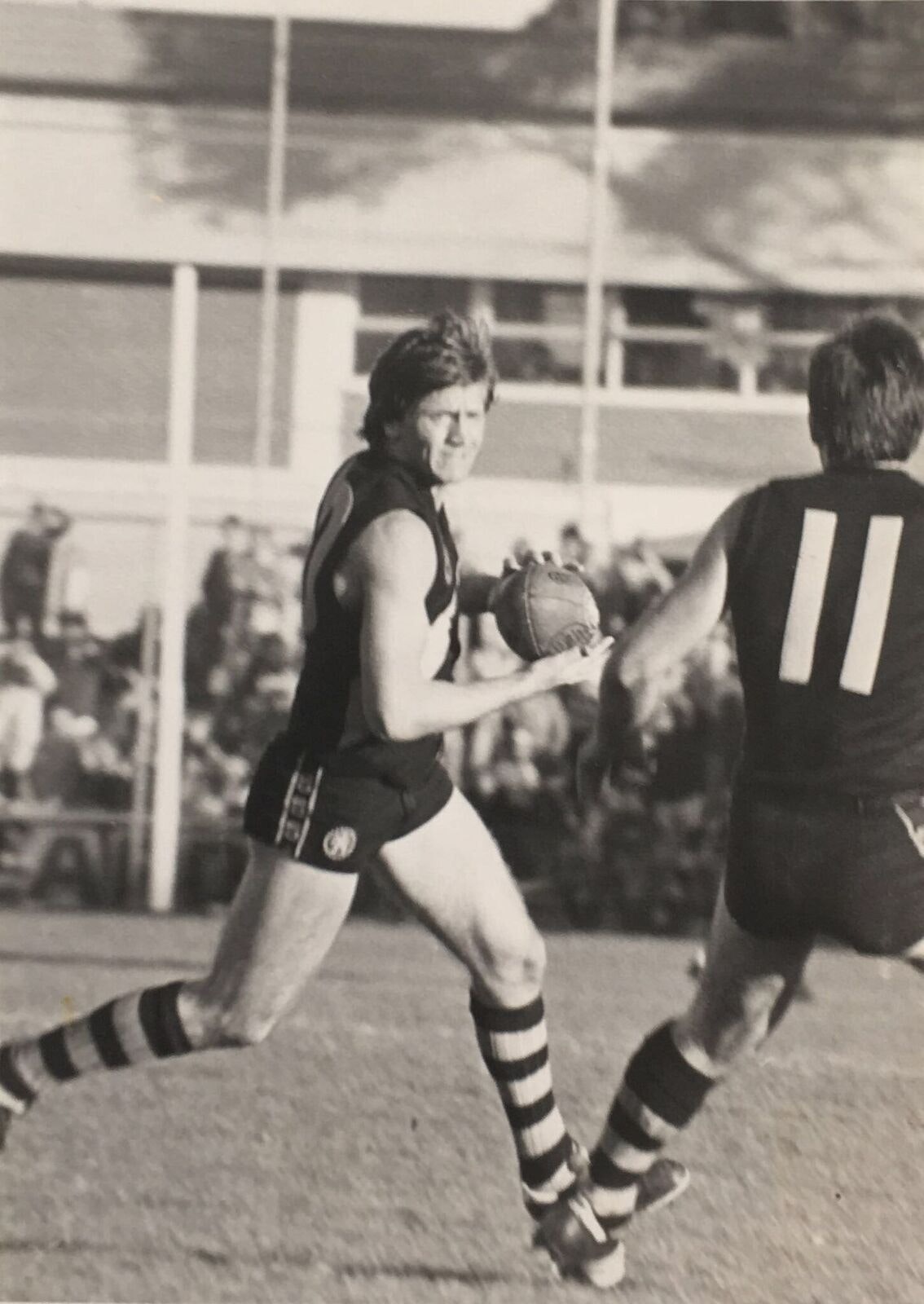
3 - Garry McIntosh (Norwood)
Head-forward, socks-down, jumper-untucked, mud-splattered and invariably best-on-ground… it was hard to miss “Macca” in The Parade’s centre-square throughout the ’80s and ’90s.
The Advertiser‘s legendary football scribe Merv Agars once wrote tough-as-steel McIntosh was “as dangerous as a nuclear warhead” for his ability to thrive on heavy tracks.
McIntosh’s strength, courage and unrelenting attack of the ground-ball footy made him a natural in the wet, while his sublime hand skills were what really separated him from the pack.
2 - Ray Huppatz (Woodville)
The SANFL’s ultimate wet-weather specialist and one of Malcolm Blight’s boyhood heroes – and later a Warriors team-mate, Huppatz was one of the very few who could occasionally outshine Blight, particularly when the sky was gloomy.
The fearless, pint-sized rover was dubbed “Hurricane Huppatz” by long-serving West Adelaide general manager Doug Thomas for his ability to play his best when conditions were at their worst, an attribute long-time Woodville, Port, Footscray and North Melbourne fans can all attest to.
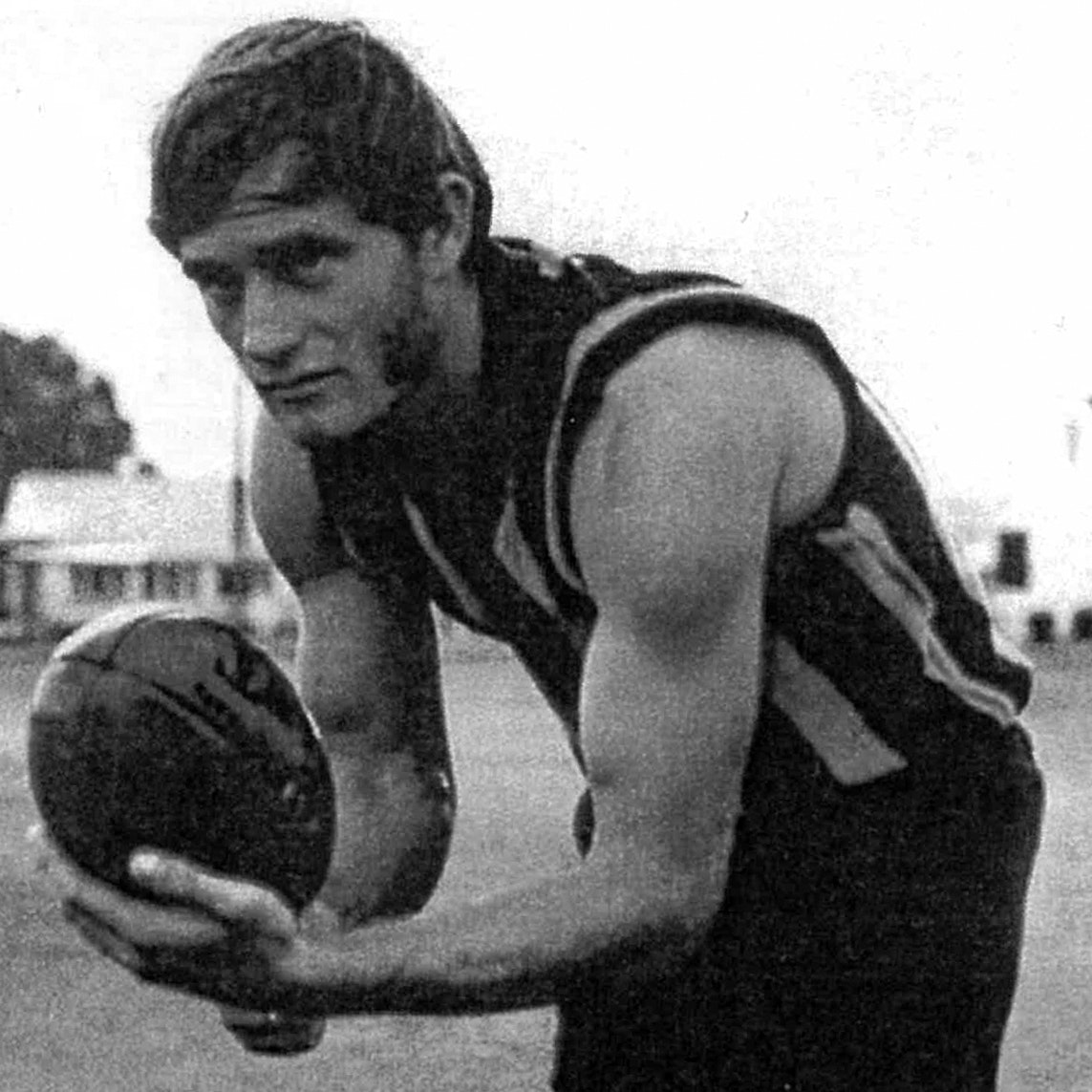
1 - Paul Bagshaw (Sturt)
A magician in all environments, Bagshaw was as effortlessly brilliant in the drizzle as he was in the dry.
The Double Blues legend was unanimously adjudged best-on-ground in the 1970 grand final – sealing Sturt’s fifth successive flag – which was played in treacherous conditions.
In perhaps the finest exhibition of wet-weather footy the competition has seen – and on the sport’s biggest stage – Bagshaw racked up a match-high 31 touches while seemingly using a completely different footy to the mud-stained, slippery cake of soap the other players were fumbling around with.
Bagshaw’s last touch was his best – he plucked John Sandland’s pocket at the River End, picked the ball up cleanly, sold Graham Cornes some candy, swooped a pin-point long handpass to the rebounding Rick Schoff and set in poetic motion Jim Tilbrook’s icing-on-the-cake goal in the dying moments.
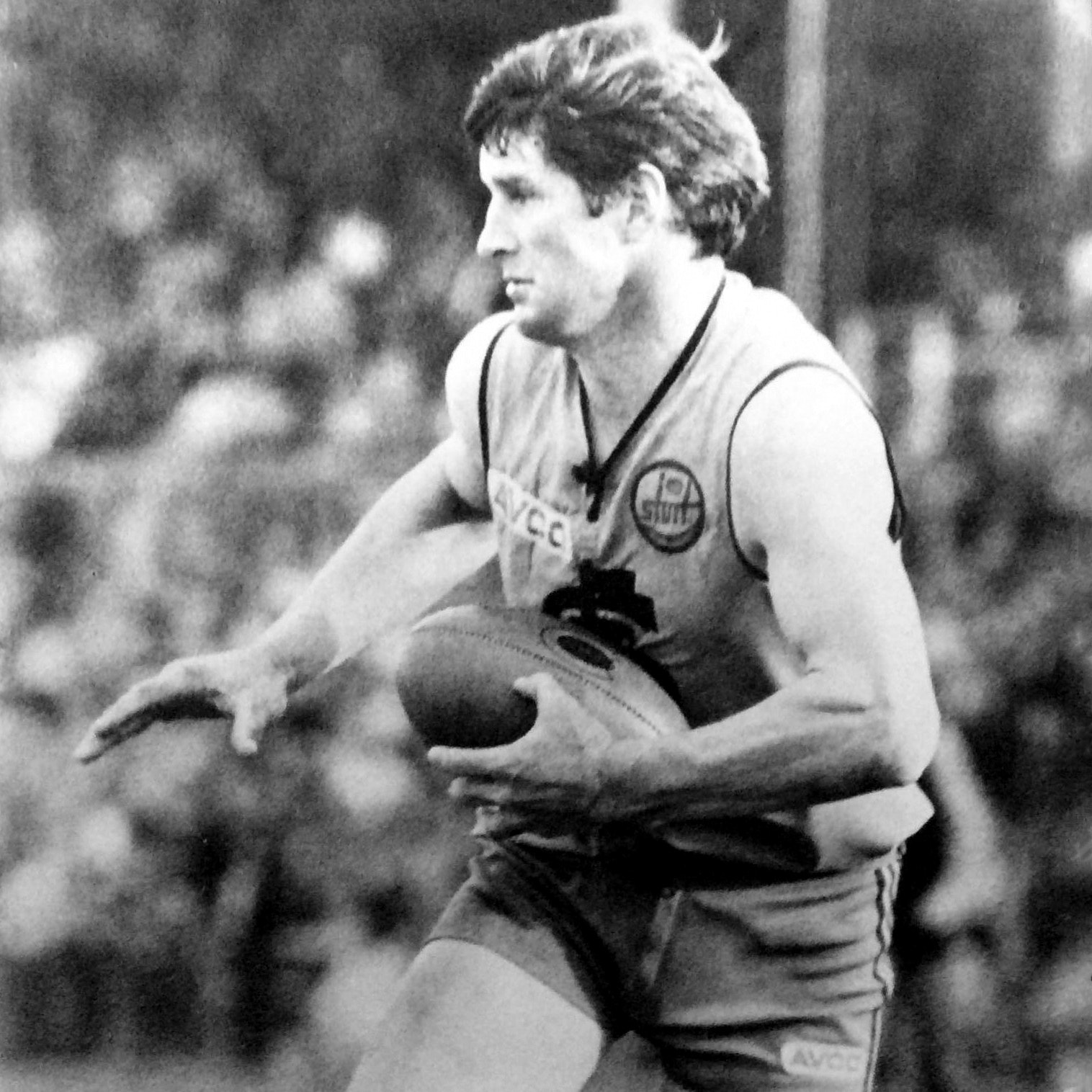
Related News
-
 History
HistoryIn the Spotlight – Footy Park lights up in 1984
-
 History
History70 Years in SA Footy – John Halbert
-
 History
HistoryInto another zone – 1984 Preliminary Final
-
 History
HistorySuper SANFL Semi-Finals
-
 History
HistoryJohn Roberts’ Sweet 16
-
 History
HistoryPayne’s high five
-
 History
HistoryBruce loves the nightlife
-
 History
HistorySouth back from the brink








